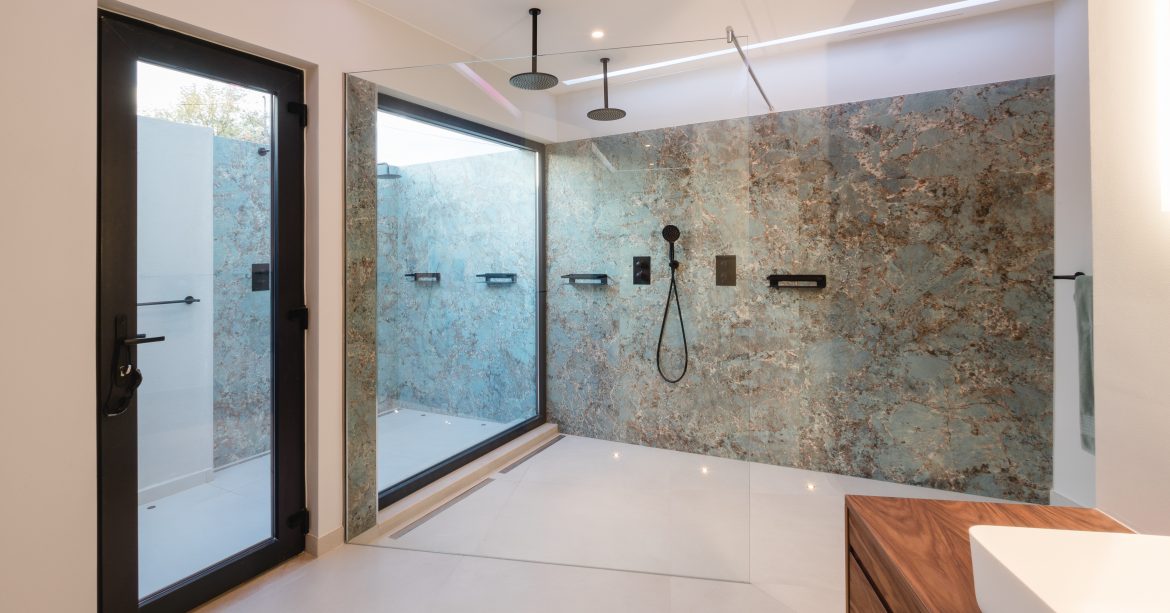When we think about sustainability, harvesting, saving, and reusing water is a big part of the deal, but how do you go about harvesting water when there’s hardly any rainfall?! It’s a question we’ve come up against many times down here in the sunny Algarve. And because water’s not too plentiful in these parts, we’re always interested in hearing about getting access to more water.
Then we heard about technology that harvests water from thin air, and… well… let us tell you all about it!
Harvesting Water from Air: The Basics
Plucking anything out of thin air may seem like a bit of a stretch, but when it comes to water, we’re pleased to say: it’s a thing!
It’s all done through an atmospheric water generator (AWG) – a device that extracts water vapour from the air itself (made possible because water is always present in the air), though how it does it depends on the device.
Your options include:
- Condensation
- Collecting fog
- Or air pressurisation
And again, the device used will dictate if you’re using masses of energy to extract the water, or if it operates passively, based on natural temperature differences.
Water from Air for Communities in Need
Here at CORE, we’re always getting into chats about how to work better within our environment, so when our clients come across new technologies they think may be of interest, we often get a call to tell us all about it. (Aren’t we lucky?!) This time, the call was about company RainMaker, who have made it their mission to help solve the water crisis by employing harvesting technology to transform:
- Air-to-Water (AW)– Harvests fresh water from airborne humidity.
- Water-to-Water (WW)– Transforms contaminated water (salt water, sewage, polluted) into safe, clean water.
The aim? To provide communities with local, sustainable, affordable access to clean water. And we couldn’t admire them more!
So, How Does it Work?
RainMaker’s system caught our eye because it’s sustainable in every way, shape, and form. Environmentally, socially, and economically. And that’s exactly what we like to see. It makes it possible to harvest water from air just about anywhere.
The way it works is by using a turbine to force air through a heat exchanger. The air is then cooled so that it condenses. The genius behind it is that the system requires minimal energy to lower the temperature of the air, which means water droplets form for a low cost and are then collected. Sure, the amount of water collected will depend on the surrounding environment, but adjustments can be made to maximise the efficiency of each unit, which comes in three sizes, producing a whopping 5,000, 10,000 or 20,000 litres of drinking water per day.
But how about in our homes?

Well, the good news is that this type of tech is coming on in leaps and bounds, becoming ever more sustainable, ecological, and cheaper to run. From Zurich to Australia, researchers are coming up with new, better systems to pluck water from thin air using water mills, turbines, and solar energy to find the best tools for the job.
So, it’ll come as no surprise that these handy water-to-air machines will soon be available to use in our homes. However, no one needs 5,000 litres of water a day, so let’s look at some home-sized options:
- UK’s Cleanworld Ltd’s dehumidifier-turned-water-producer, the RainCloud C-15, produces drinking water and has a 15-litre capacity, making it ideal for any home or office needs.
- Russian designer Alexander Syachinov’s Water Making Machine, which harvests water using vapour compression. The water is then purified with ozone, and any dust is removed through a filter. The water finally passes through a high-quality carbon filter to both purify and enhance the taste of the water.
- Australian Scott Norie’s Ersa, which is a transportable system that uses solar power to produce water.
- EcoloBlue’s Atmospheric Water Generator, which converts moisture from the air into 99.9% pure drinking water, producing up to 30 litres per day.
While these handy items may not be all the range yet, we’d be willing to bet that it won’t be long before this is how we’re sourcing most of our water! Now what do you think about that!? Let us know!


